Producers
-
Description:
Thank you to importer Louis/Dressner for this profile of Cazin:
(Click here to get to know Cazin on Louis/Dressner's website)
Let us tell you how we met François Cazin. In the early 1990's, Joe Dressner and David Lillie (then working as the Loire buyer for Garnet Wine and Liquors) would travel each winter to attend the Salon des Vins de Loire. That fateful winter, the two had set out to find a producer from the recently created Cheverny appellation. Both started from opposite sides of the stand and tasted through every producer there. After comparing notes, the only wines both had truly enjoyed were François'. They approached him once more, this time together to ask if he'd be interested in having his wines imported to the United States. Here we are, nearly 30 years later and still working together.
Created in 1993, Cheverny is one of the most recent appellations in the Loire Valley. The area, south of the Loire and abutting the marshy region of Sologne (the best hunting grounds in France), has produced wines since the 6th century. The soils consist of various combinations of clay, limestone and silica. Many varietals are planted: Pinot Noir, Gamay, Cabernet and Côt for red wines, Sauvignon Blanc, Chardonnay, Chenin and Menu Pineau for the whites.
Cazin tends vines of considerable age and the resulting yields are well below average in any given year. His Cheverny is fresh and floral, with appley-texture and crisp acidity. The flavors are sleek and precise. Since 1997, the wine has been bottled unfiltered by gravity. His wines have consistently been the top pick of the vintage at the annual Loire Valley wine show in Angers. By legislation, a Cheverny wine has to be a blend of varietals and Cazin’s white is 70% Sauvignon Blanc and 30% Chardonnay.
Cazin also makes a cuvée of Cour-Cheverny, exclusively from the ancient local grape Romorantin. This varietal, with its high acidity and minerality, can be angular and rough. But in the right hands, it achieves high ripeness and the wine has astonishing grapey, apricot and roasted nuts flavors, kept fresh and lively by good acidity. In very ripe vintages, when the grapes undergo passerillage or noble rot, Cazin vinifies some of his Romorantin off-dry, calling it "Cuvée Renaissance". A considerably smaller amount of red wine is also produced from Pinot Noir and Gamay.
Image: Region:
Region: -
Description:
Everything old is new again. If you had visited Celler del Roure ten years ago, you would have been treated to a modern, minimalist, and spotless cellar with assorted stainless steel tanks and new French oak barrels. After touring the current technology in viticulture, you would be taken on a tour of the ancient property, including an old olive oil press, various outbuildings, and a subterranean cellar dug into the bedrock below the estate. This cellar afforded a glimpse of the winemaking practices from centuries ago. The cellar’s winding halls are lined by dozens of amphorae embedded into the earth, each with individual stone lids. Many are joined by stone channels carved into the rock, serving as the most rudimentary form of gravity flow. Some amphorae had cracked over the years, but a surprising number remained in perfect condition.
Such a complete and well-preserved artifact of viniculture would have remained an intellectual curiosity for most people, but Pablo saw it as an opportunity to explore how wines were made centuries ago and how they would have tasted. Such an endeavor makes complete sense once you meet Pablo and understand his connection with the history of the area around the village of Moixent. As a proponent of the indigenous varieties of the area such as Mando and Verdil, how could he not also champion indigenous viniculture? While there are still “modern” wines made at Roure, including 16 Gallets, Les Alcusses, and Maduresa, we are quite taken with the new cuvées aged in amphorae in the ancient cellar: Cullerot, Vermell, Safrà, and Parotet.
Pablo’s vineyards are farmed manually and organically, and harvests are by hand in small crates. Vine age ranges from 15 to 70 years old, and the soils are various clays – ranging from fine alluvial and loamy soils to rockier limestone terroirs. Increasingly, he uses more and more whole clusters in the fermentation, finding the finished wines are more refined and savory – elements that are emphasized by the aging in amphorae.
This profile and tasting notes were edited from the European Cellars website, along with the pictures used. For more information please visit: European Cellars.
Image: Region:
Region: -
Description:
Celler Pardas started when two growers from Penedès, Ramon Parera, and Jordi Arnan, acquired an old estate called Can Comas in Alt Penedès, close to Sant Sadurni d’Anoia. The property surrounds an old medieval farm and spans 30 hectares of forest and other crops (mainly cereal) as well as the local grape varieties—Sumoll and Xarel-lo—that Ramon and Jordi planted for their wines. The other source of fruit for the wines comes from two ancient plots further north, where they own old vines of Sumoll, Xarel-lo, and Malvasía de Sitges; Ramon calls this fascinating local strain of Malvasía, an incredibly acidic grape notoriously difficult to vinify, the “Riesling of the Mediterranean”.
From the start the work on the land focused on a holistic approach; they manage the forest surrounding the vineyards as well as the land bordering them to create a whole agrarian ecosystem and live on the property. Many biodynamic principles are followed: the vines are dry-farmed, and the clay-limestone-rich soils are not plowed to avoid erosion and foster the micro-biology of the place. They regularly use ground vegetation, and no synthetic products or pesticides are utilized. Their work is certified organic.
Ramon and Jordi are in the forefront of the varietal revolution happening in Penedès. The story of native grapes in the region is not unlike many others in different areas: the local varieties, deemed hard to work and less valuable than international ones, were slowly substituted by high-yielding types. Many of the new generations of growers in the area, however, decided to replant and work with the original grapes. Pardas' plantings all come from cuttings of old vines found in the region.
The work in the cellar is as respectful to the wines as their work on the vineyards is to the land. Fermentations are spontaneous, the wines are never clarified nor corrected, and they use a mix of steel, concrete, and oak for winemaking and élèvage. The resulting wines are expressive and very direct. Sumoll is not an easy grape to master—“the most masochistic grape there is”, says Jordi— but as the Sus Scrofa shows, Parera and Arnan have conquered its rusticity and are making a delicate, fresh, and immediate wine. The same goes for their Xarel-lo and Malvasía, which are floral and aromatic and yet retain great salinity and minerality, no doubt owing to the chalky and rocky nature of their vineyards.
Image: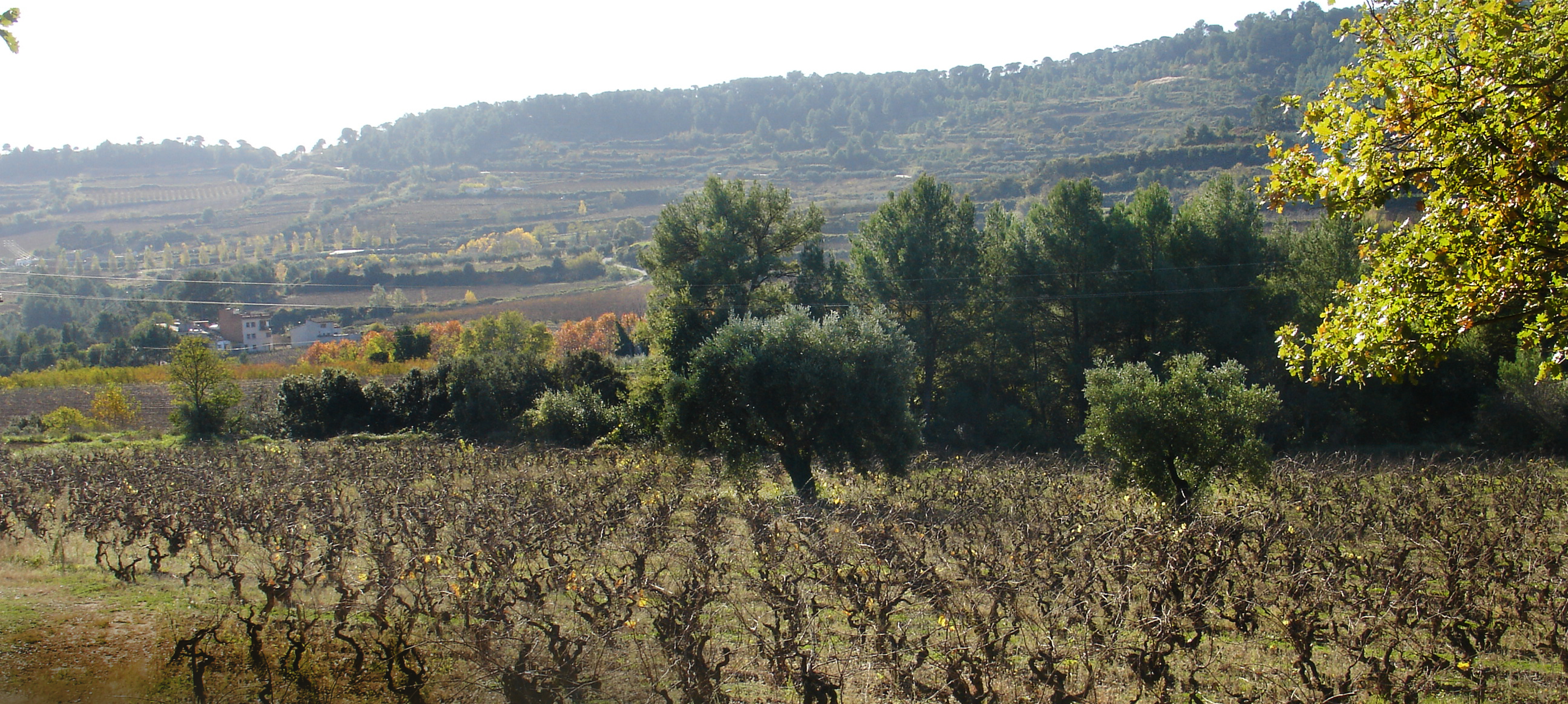 Region:
Region: -
Description:
This historic estate was established in 1834. Claude de Nicolay took over from her mother as winemaker in 1988 and crafts traditionally styled wines from one of the Côte d'Or's great terroirs, the hill of Corton and its surrounding villages. Corton is just north of Beaune and it's easy to spot, as it's a big hill with a forest on top. It's a limestone outcropping that is set apart from the main "côte" of the Côte de Beaune or Côte de Nuits. It is a bit of an anomaly in the Côte d'Or as the Grand Crus are named after the hill, rather than attached to a specific village. Three villages have vineyards that are a part of Corton: Aloxe, Ladoix, and Pernand-Vergelesses. Corton is the only place with red Grand Cru in the Côte de Beaune.
Already in the early 1980's Nicolay's mother, Nadine, stopped using any herbicides or pesticides in the vineyards and the vineyards have been organic since 1998. Francois de Nicolay, after running a wine shop in Paris for several years, joined his sister at the domaine in 2001. Through his experience of tasting wines from all over France, he became interested in biodynamic farming and by 2005, the vineyard management was fully biodynamic. The brother and sister team are incredibly curious and always making trials to acheive the best soil health and expression from their terroir. They were the first in Burgundy to treat oidium with milk instead of a copper sulfur mix and it's now a permissible treatment for certified organic agriculture. They own 13.7 hectares and "every vine is touched." Since 2014, they have been working with training the vines higher and longer, which gives the vines protection from the sun / shade for the grapes, and also allows for more photosynthesis, giving the plant more energy. They own three horses now and eventually would like to use horses entirely instead of tractors. They are also working with herbal infusions to boost the health of the vines and soil.
In the cellar, no enological products are used (except for sulfur in very small quantities), no tartaric acid, no exogenous yeasts, no tannin powder, no enzymes, etc. The winery itself has also been certified biodynamic since 2012. When most people mention biodynamic, they are referring to the farming. It's a separate certification for the cellar. The Chandon de Briailles wines are quite unique in the fact that there is a negligible amount of new oak for aging and most wines are made with a whole-cluster fermentation. For many years, Chandon de Briailles used 100% whole clusters every year on every wine, but their style has gradually changed and since 2011 they adapt the amount of whole clusters according to the wine and vintage. If possible, they do still often work with 100% whole clusters. Fermentations start naturally a few days after harvest in cement tanks for all of the wines, except the grand cru, which are fermented in wooden fermenters. In 2015, the winery used a new stainless steel vertical press, which is incredibly gentle. It's considered the "Rolls Royce" of presses because it simply gives the most perfect and gentle press. Pleased with the results, they now only use the vertical press, changing the texture of the tannins. Aging is carried out in mostly used barrels (up to eight years-old). The maximum amount of new oak, even on the grand cru wines is 20%. All of the wines are bottled without fining or filtration. For more than ten years, they have been working with low sulfur and bottled no sulfur wines to see how they would age and travel. For the first time, for the 2017 vintage, they released a limited amount of wines bottled without any added sulfur.
The Chandon de Briailles wines are truly gems within the Côte d'Or. They are not quite like any other Burgundy. When destemming, extraction, and new oak were the fashion, they were bottling all of their wines with 100% whole clusters and no new oak. Even today, with a max of 20% new oak, it's very low for grand cru Burgundy. Nothing quite stands still here and the only constant is the unending quest to learn more and experiment to achieve the best expression possible of Savigny-les-Beaune, Pernand-Vergelesses, and Corton, irrespective of fashion. - Michele Peters, Bowler French Portfolio Manager
You can visit the very nice and informative website here.
From William Kelley, Robert Parker on the 2020 vintage at Chandon de Briailles:
François de Nicolay and his team have turned out another fine vintage at this Savigny-lès-Beaune reference point. Beginning harvest on August 17th and picking only in the mornings, yields were modest, coming in at around 28 hectoliters per hectare in red. As I've written before, over the last decade, vinification has become more and more gentle, with no pumping during fermentation or élevage and no filtration before bottling. The wines’ tannins are correspondingly finer, and their fruit richer and more vibrant than was formerly the case. The grapes are seldom destemmed, and de Nicolay's practice in recent years has been to begin fermentations with whole bunches without crushing, removing the fruit from the tanks after several days' intracellular fermentation, destemming it and returning it to tank to complete its sugars—thus avoiding, he contends, contact between the young wine and the bitter, potassium-rich stems. In the cellar, percentages of new oak are minimal, and de Nicolay has been experimenting with some "sans soufre" bottlings: including, this year, his entire production of Corton Maréchaudes.
From Neal Martin, Vinous on the 2020 vintage at Chandon de Briailles:
Proprietor François de Nicolay welcomed me with his three dogs. "It was not a cool winter as usual, and it was an early spring. Flowering went well, although the whites suffered a little frost, which is why the yields are low. The summer was hard because we lacked water in August. The ripeness came early and we started picking on August 17. We did not have to do a big selection, as we had no problem with mildew and oïdium. The fermentation was easy. There was a high level of alcohol, just under 2019 but with a better pH. Maybe that is why the wines still feel young at this stage compared to the 2019s. For some cuvées, we will conduct a longer élevage." This year, I preferred the reds to the whites, the latter feeling not quite as chiseled and tensile as I found the 2019s last year. But the reds have much to offer; they are classical in style, very respectful of their terroirs and full of energy.
--BOWLER E-Zine Issue 1 | Q4 2020: Burgundy - The Evolution of Chandon de Briailles
Image: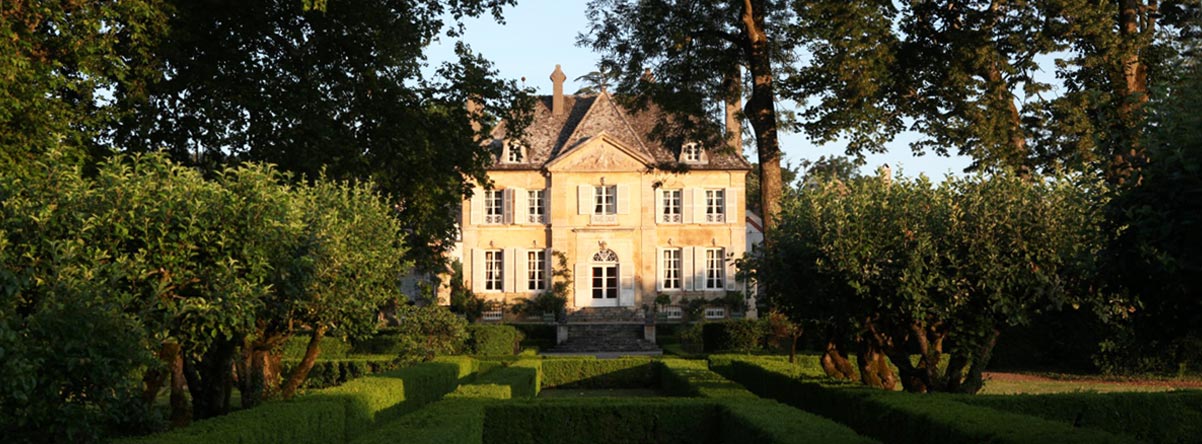 Region:
Region: -
Description:
Based in Zürich, Chandra Kurt is Switzerland’s foremost wine writer, educator, and critic. She has authored more than 20 books on wine, including Chasselas – from Féchy to Dézaley – A journey to discover the treasures of the Vaud vineyards and the annual guide Weinseller, along with her wine magazine Weinseller Journal. She studied at the Universities of Zürich and Lausanne and the Institute of Masters of Wine in London. Putting her experience to practice and following her passion for Switzerland’s indigenous varieties, she has launched her own line of wines from vineyards in Geneva, Vaud, and the Valais. Rather than a purely commercial exercise, her wines are an extension of her desire to understand the interaction of terroir and variety and to make wines that are not only a pleasure to drink but reveal something unique and special about the wine styles of her home.
Her collection of wines includes a fresh and vibrantly youthful Chasselas from Geneva aptly named Glou Glou Chasselas, a range of Chasselas from the distinct terroirs of the Vaud, and a selection of indigenous varieties and wine styles from the Valais. She assembles each project first by understanding the vineyards, then guiding the winemaking to be as minimalist as possible. Thus, what is in the bottle is a pure reflection place and variety. While this may seem overly academic, it is a great way to begin to understand that the complexity of Swiss wines is truly worth exploring.
This profile and tasting notes were edited from the European Cellars website, along with the pictures used. For more information please visit: European Cellars.
Image: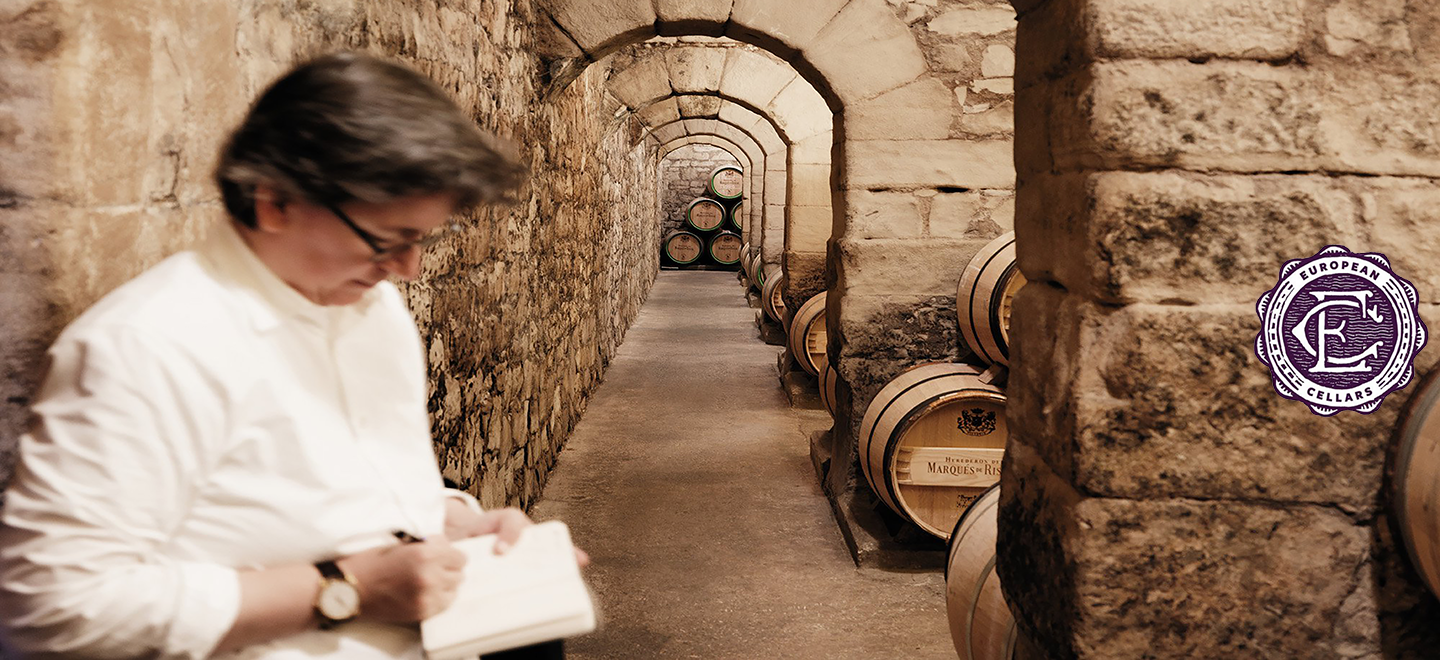 Region:
Region: -
Description:
As at many family domaines with deep roots in Châteauneuf-du-Pape, vigneron Alexandre Favier was by his own account “raised in the vineyards”: Alexandre’s grandfather, Noël Sabon, is from one of the best known winemaking families in the region. Alexandre himself began his viticultural studies in Orange at the age of fifteen and passed the exams four years later in 2001. A year later (at age twenty!) he took over winemaking duties at the domaine when his father experienced health problems.
This is a traditional house with 40 hectares of red grapes and 5 hectares of white. They have parcels in all of the main soil types of Châteauneuf and they vinify the top parcels separately. Only native yeasts are employed in the cellar, and the reds are mostly de-stemmed.
Image: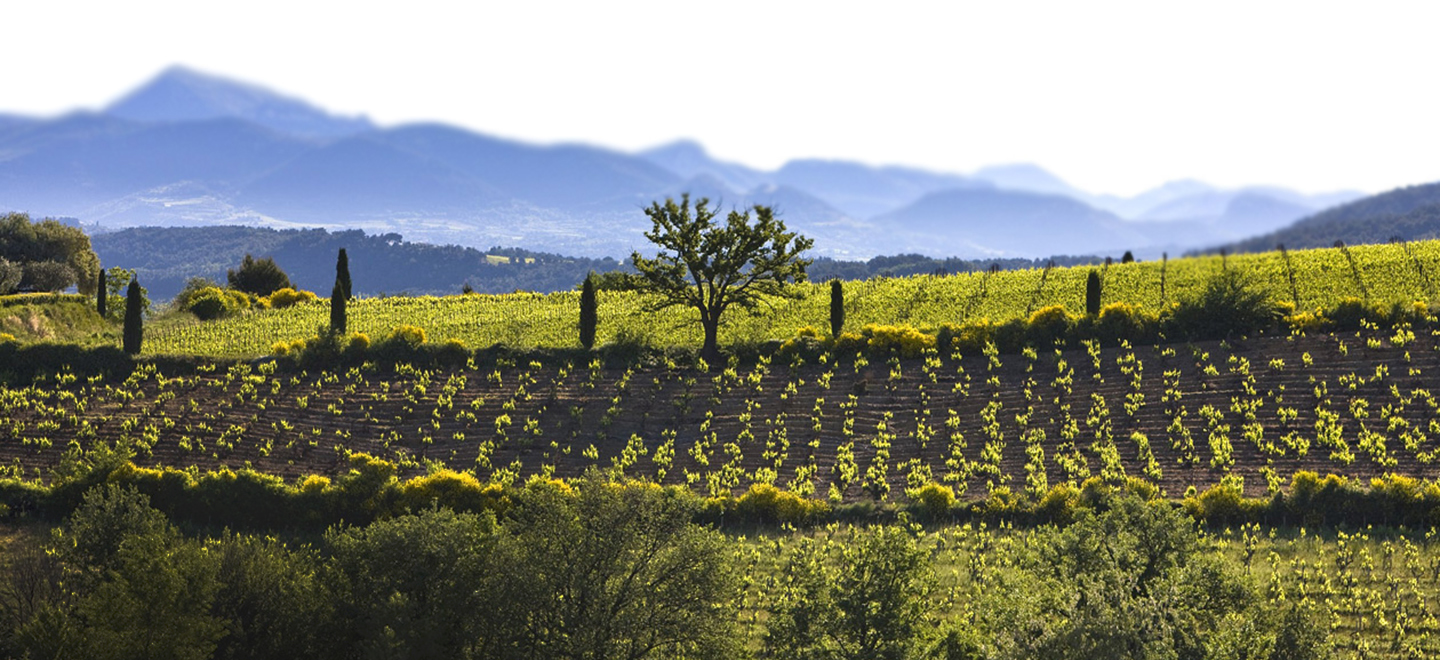 Region:
Region: -
Description:
Charles Lachaux started his micro-négoce because of Aligoté. On several occasions, he had blind tasted d’Auvenay’s Aligoté Sous Châtelet alongside serious premier and grand cru chardonnays. Sometimes it trounced the other whites; sometimes it was a least in the same league —always, it was up there.
The Arnoux family owns Aligoté and used to bottle it. But at some point it was deemed unworthy and the grapes were sold off to négociants. Charles wanted to vinify those grapes again.
In addition to the Aligoté, the début for the Charles Lachaux label included five wines. Only the Aligoté is owned, and the fruit is purchased from friends with conscientious farming practices for the other wines. Incidentally, the label was designed by Charles’ wife Louise who is a graphic designer. The rose is for the couple’s eldest daughter Rose.
With one exception, there are no noteworthy differences in winemaking between the Charles Lachaux and Arnoux-Lachaux wines. The exception is ageing. The Charles Lachaux wines are bottled after a little less than a year as opposed to 18 months for the domaine wines. This difference does have an impact. The négoce wines are fruit-driven, caught before their stay in oak leaves noticeable patina —vins de soif. Of course, they’re still from Burgundy and can age. But the goal is immediate pleasure.
All the grapes are picked by the Lachaux team. All the wines, including the Aligoté, are pressed in a vertical press. Fermentations are with ambient yeasts. There are no additions of sulfur until after malo.
The reds are 100% whole cluster. Macerations are noteworthy for their brevity. In 2019, they range from 9 to 12 days. They are also noteworthy for their lack of extraction. All the reds in 2019 were punched down only twice by foot. There is a daily pump over. The reds were aged in older barrels with the exception of the Nuits Saint Georges 1er Cru les Boudots and the Vosne-Romanée 1er Cru les Suchots, each having one new Stockinger barrel, or 20% of the cuvées. Total sulfur at bottling ranges between 23 and 38ppm.
We remember telling William Kelley over lunch that we thought that with 2016, Charles had shot Arnoux-Lachaux straight into the very top tier of Burgundy. William chuckled and dismissed our hyperbole. He has since changed his mind. In the domaine’s vineyards, Charles has become the single most progressive vigneron in the region —no one had yet had the courage to try no till. In the winery, the crunch, precision, soul, and transparency of the wines, whether from the domaine or the négoce, is magical. - Paul Wasserman, Becky Wasserman and Co.
Photos from Paul Wasserman.
BOWLER E-Zine Issue 2 | Q1 2021: Regenerative Farming: Scratching at the Surface
Image: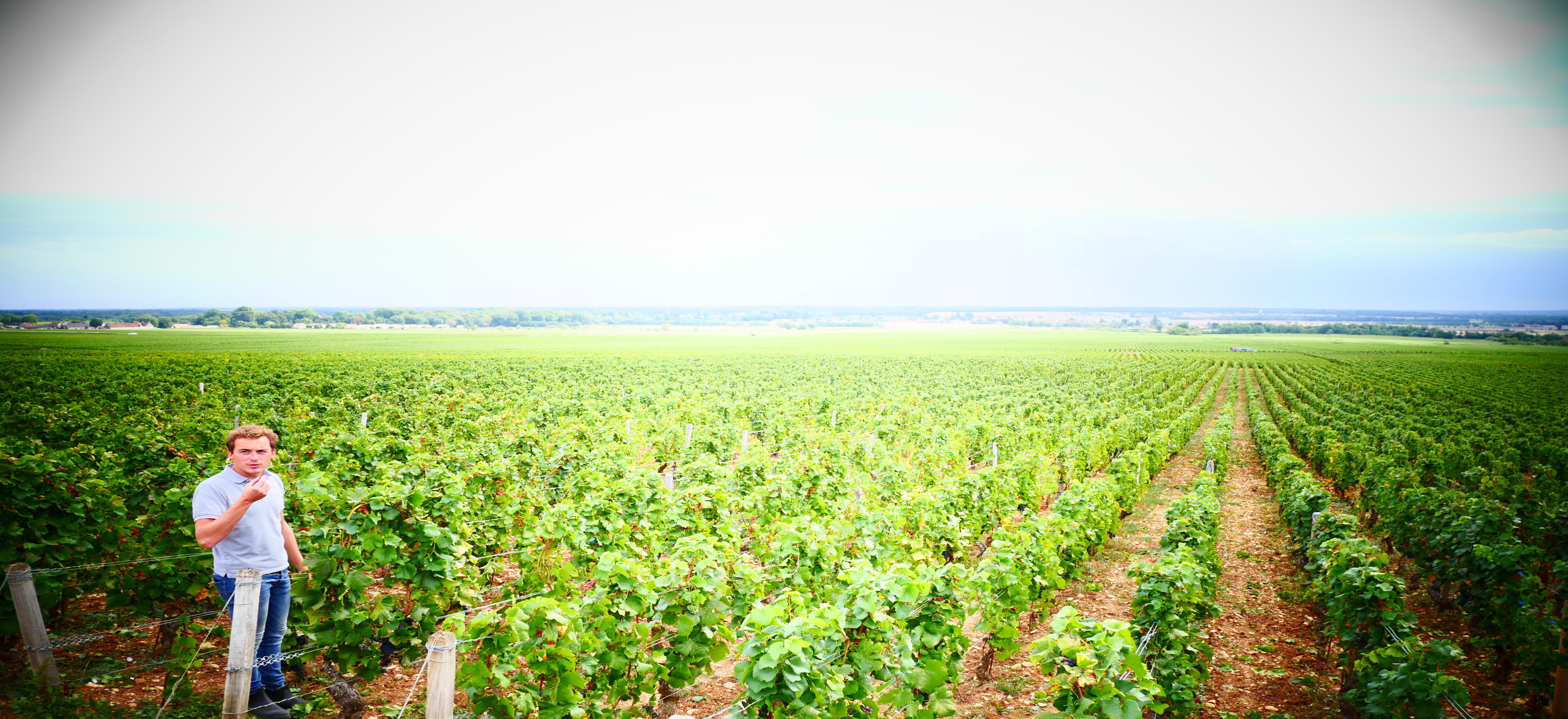 Region:
Region: -
Description:
Built in the 18th century, the Château de Fleurie dominates a beautiful vineyard situated in the heart of the village itself, with views of Mont Blanc in the east. The current owners- the Boisen and the Barbet families- are direct descendants of the original owner. The property covers 4.5 hectares stretching over the best sites in Fleurie- les Grands Fers, la Madone and le Point du Jour- on the middle slopes facing southeast. The soil is of a very pure granite, ideal for a good drainage, with a pink color called “le gore”. Farming is very traditional and free of pesticides and herbicides. The winemaking process is traditional "Burgundian" method with extended fermentation of 12-15 days, in vats covered by a weighted grill, to extract color and flavor. Under the winery a vaulted cellar holds an impressive store of old, traditional large oak barrels which are still in use. Fleurie is locally known as the "Queen of the Beaujolais" for its elegant style of Gamay.
Image: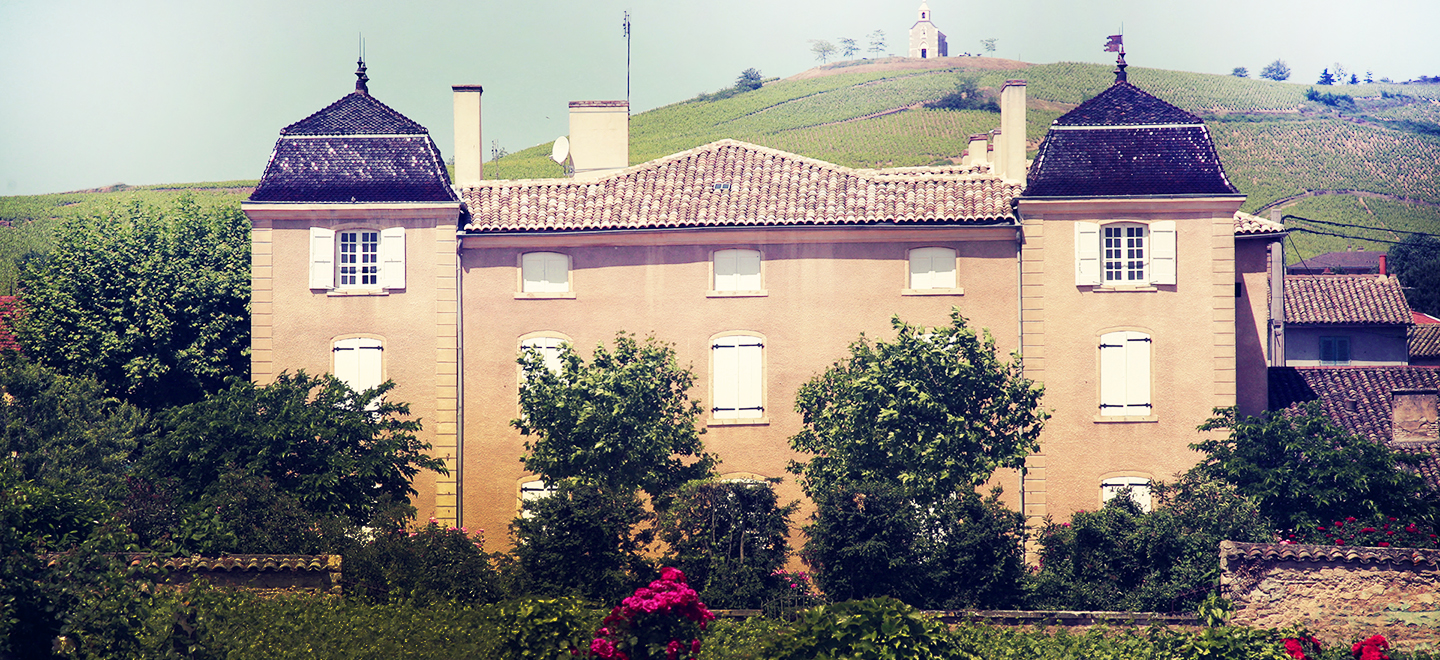 Region:
Region: -
Description:
The Château de la Pierre, owned by the Barbet family, is a ten hectare estate with vineyards in Brouilly and Régnié. This property has been certified organic since the 2013 vintage. The Régnié comes from Tour Bourdon, a very special plot of old vines. This vineyard is noteworthy for its soil- sandy and laced with purple granite, with excellent drainage- as well as the age of its vines (60-70 years old) which natrually keeps yields low. The age of the vines also means small grapes, which in turn means a higher juice-to-skin ratio, giving a more concentrated and structured wine. The site has a southern exposure.
Xavier Barbet used to work with Jules Chauvet, who is considered the 'father' of natural winemaking in France. They did experiments together in the 1950's. After all of these years of experience, Barbet decided to bottle the Pierre Régnié as a 'vin nature', without any added sulfites during winemaking or before bottling.
Image: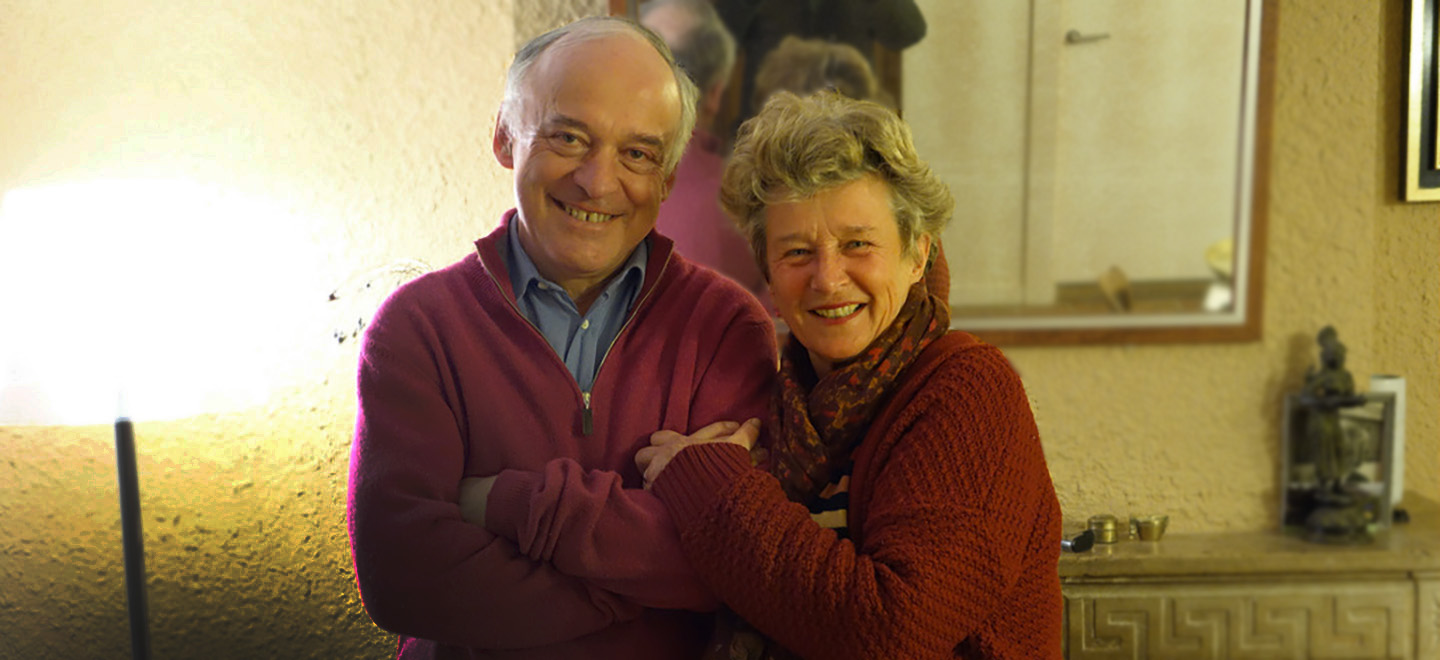 Region:
Region: -
Description:
The Château de Respide is one of the oldest wineries in the region, with records mentioning the vineyards and woods of Respide going back to 1630. The Chatin family was drawn to this very special place and purchased the winery in 2021. They have 85 hectares of vines in three main plots and there are woods, bushes, and streams separating the vineyard areas.
In the north, they have an 18 hectare plot named “Paparon”. It has sandy loam soils on top of a gravel and clay base. In some places, the erosion shows the pure gravel base called “graves” in French. They have Cabernet, Merlot, Semillon, and Sauvignon Blanc planted here. Southeast of the winery lies a 35 hectare plot named “Cueille” with an alluvial soil on a gravelly and clay base. Mostly Merolt and Cabernet are planted here, but there is also some Petit Verdot, Semillon, and Sauvignon Blanc. This terroir gives full bodied wines, with pronounced but delicate tannins and a salinity running throughout. The Callipyge Rouge comes from this site. And in the south west, they have a 25 hectare plot called “Boyrein”. It’s at 80 meters altitude and has two plateaus. The top plateau has gravel from the Garonne on top of clay and mostly Merlot is planted here. The lower plateau has a limestone soil on top of clay. Merlot planted here resembles right bank Bordeaux, powerful and robust. And Sauvignon Blanc planted here is complex and goes into the Callipyge Blanc.
Amelie Chatin is from Champagne and worked as an oenologist for Ruinart for nine years, then in Uruguay for four years. Their ultimate goal is to do everything to express these special terroirs. The winery has been certified sustainable HVE3 since 2017 and the Chatin’s want to make the winery carbon neutral by 2030. They are working with green cover, natural fertilization, and biodiversity preservation. In the cellar, they guide the wines to their best expression, using as little intervention as possible.
Image: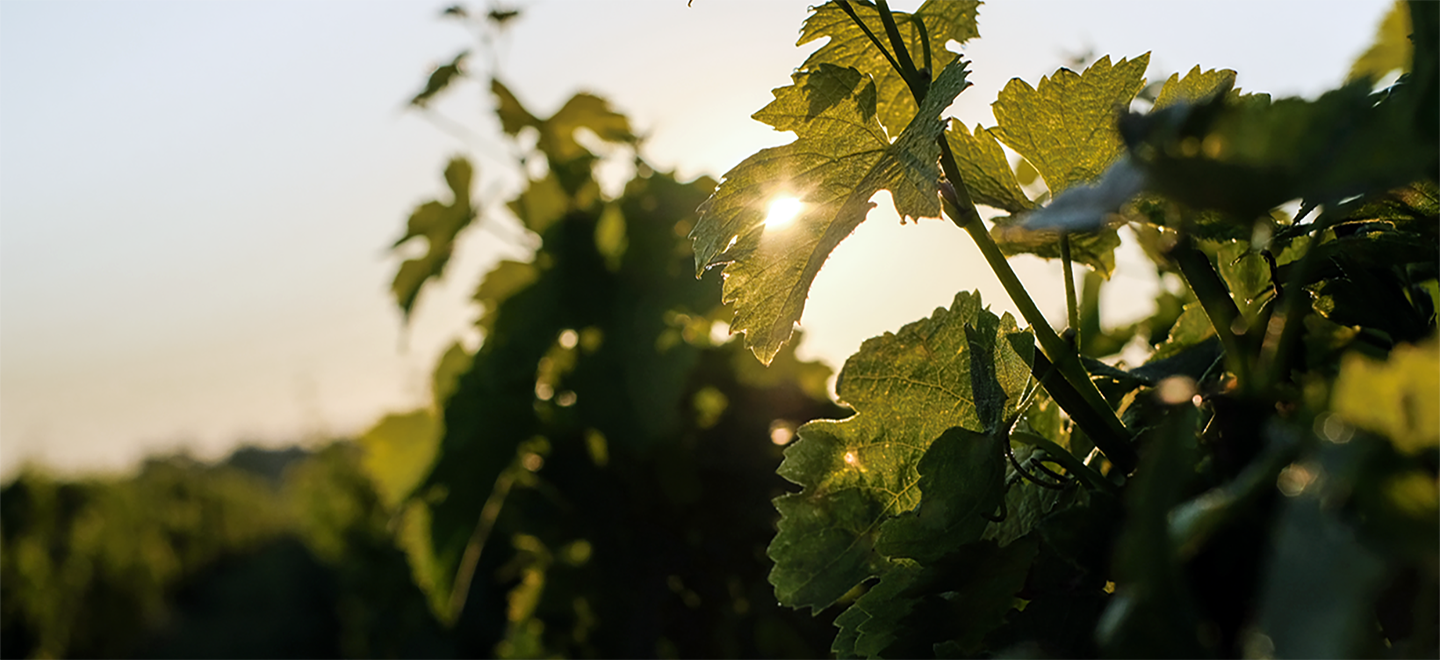 Region:
Region: